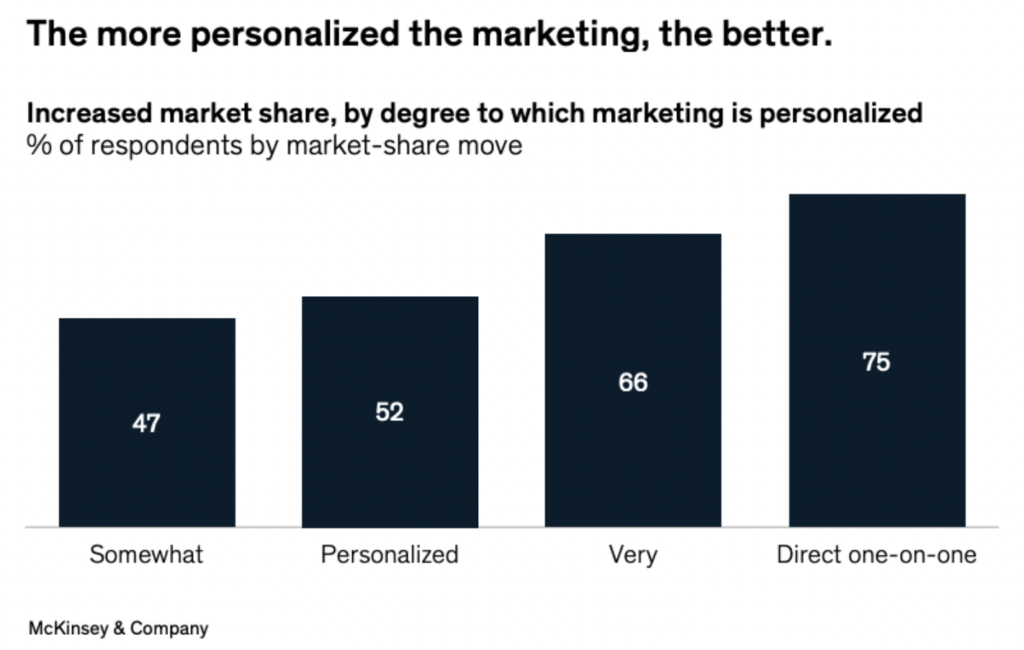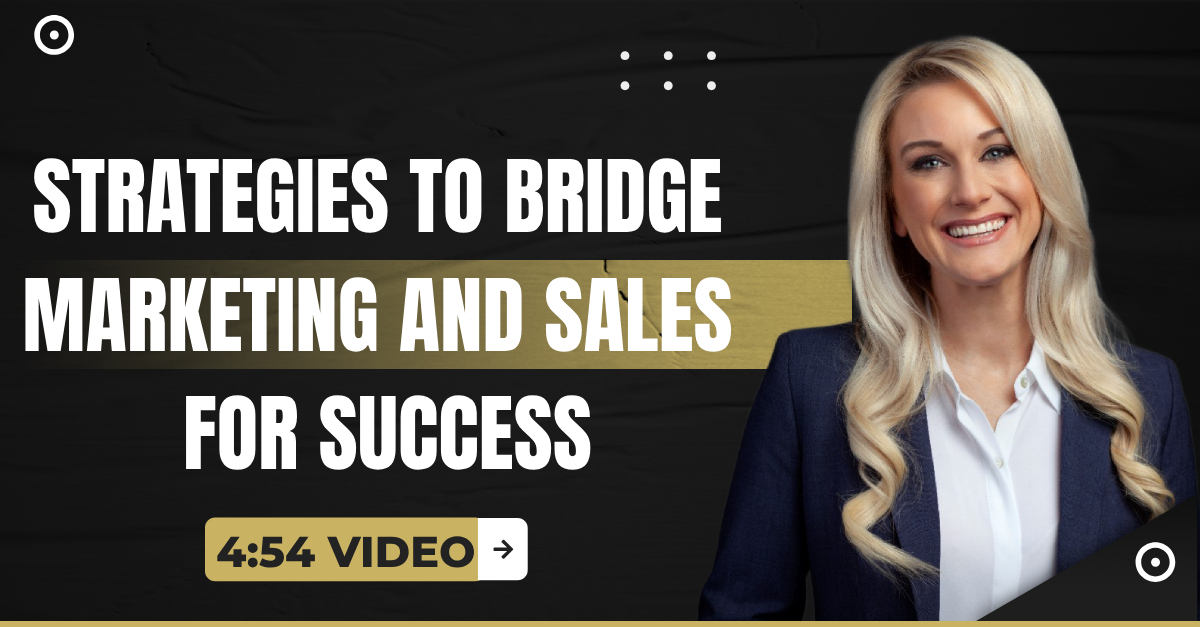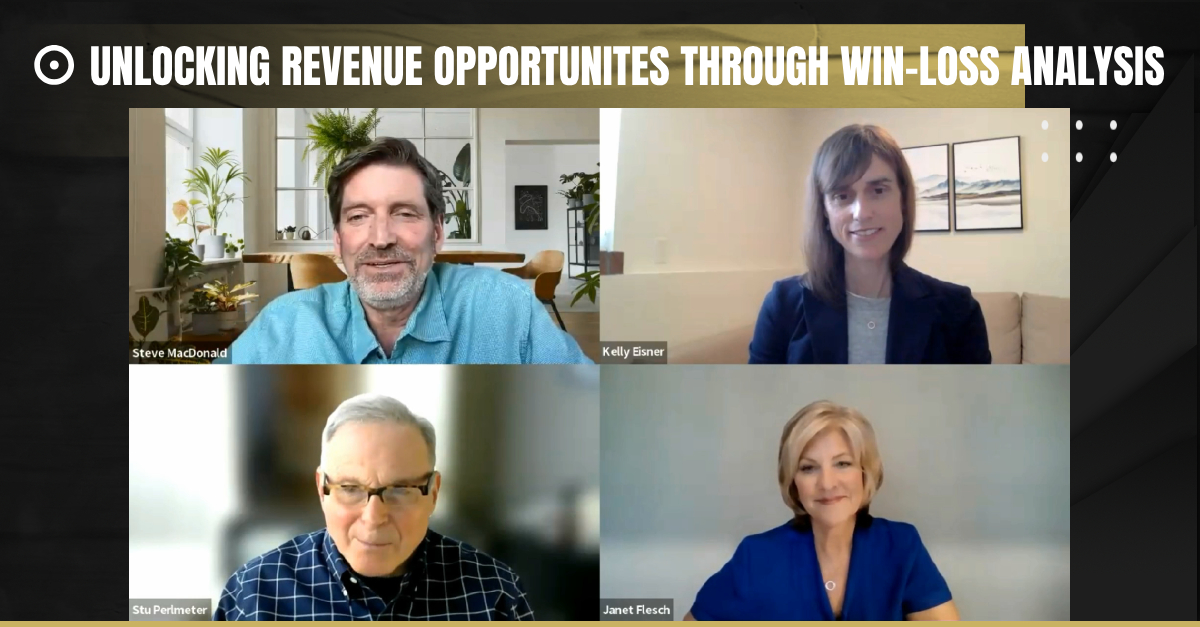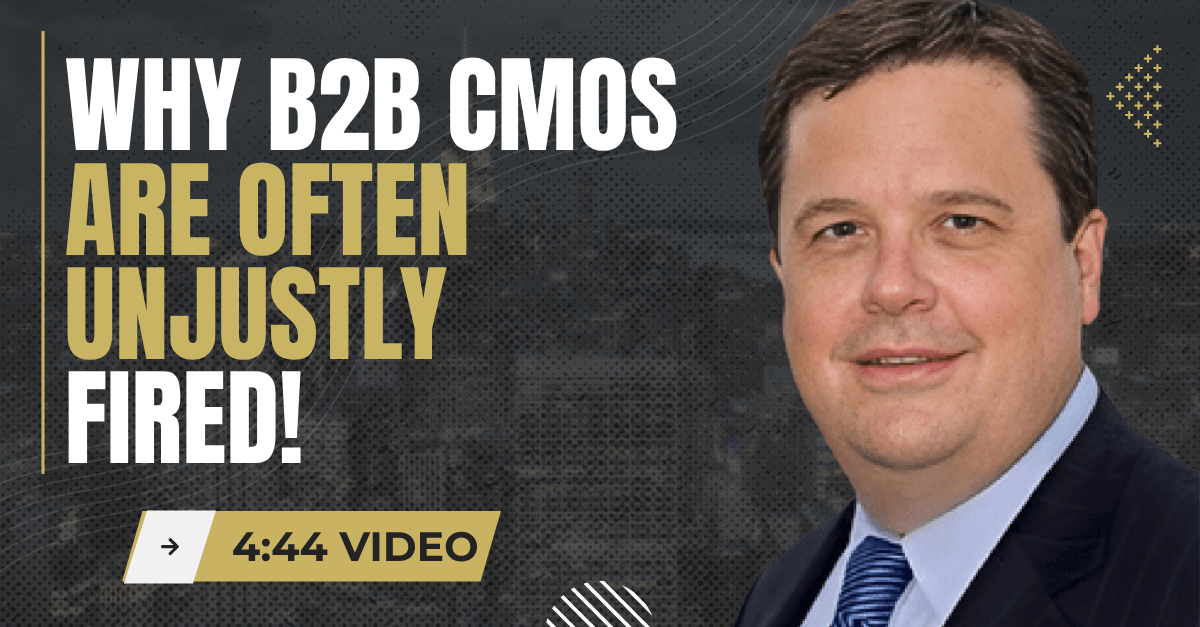B2B SaaS CMOs Are Powerless Without This
The CQL, a Conversation Qualified Lead

Content Marketing Is Complicated. For B2B SaaS, we simplify your path to being recognized as industry experts with the highest sales closing rates. As B2B SaaS founders ourselves, we know exactly how to create content that positions your B2B SaaS business as an authority, makes the case for your technology, confronts rational/emotional hurdles, and elevates your salespeople to trusted advisors—your competitive advantage. OUR PROMISE is to make your SaaS reputation a powerful, and effective addition to your company’s core competencies.
This article explores how to bridge the gap between MQLs and SQLs, the expanding role of marketing, and how to create the CQL (Conversation Qualified Lead)—giving CMOs back their superpowers.
Life After Death of the MQL
In our previous article, “CMOs, You’re Missing 56% of the MQL Opportunity,” we discussed not only the well-documented death of the MQL and the fact that only 1% of B2B MQLs ever convert but also the many reasons why the old definition and focus on MQLs simply isn’t working.
We also discussed how some responsibilities between marketing and sales are blending and how to close the gap between MQLs and SQLs is with the lead’s level of “Conversation Readiness.”
McKinsey recommends “Replacing marketing-qualified leads (MQLs) with measures of a customer’s readiness to have a conversation, and combining marketing and sales forces to give the customer a frictionless experience.”
Offering B2C-Grade Content
McKinsey goes on to talk about “attracting B2B customers by offering B2C-grade, personalized content with tailored value propositions. Customers are doing their own research online and finding out about a company or product before the seller has an opportunity to pitch it, whether it concerns transactional items or complex systems. It is critical to proactively engage buyers as early as possible.”
This places an even greater emphasis on having the right content, at the right time, with the right message—one that will stimulate the next critical step in the buyer’s journey—an actual conversation with a seller from your company.

Creating conversations earlier in the buyer’s journey requires a focus on personalization:
- Only 8 percent of B2B organizations are currently set up to deliver highly personalized marketing—but of that 8 percent, three-quarters report growing market share.
- Fewer than half of companies grew their market share with little to no personalization.

As McKinsey says, “The bar for B2B content is high. Trust, too, is an important issue: great content shows credibility and deep expertise, convinces the customer that they’re getting an end-to-end partner, and anchors on the end outcomes rather than individual features or capabilities.”
This is the very difference between content marketing and thought leadership marketing. Where content marketing solves problems and can very often be more product-focused, thought leadership content demonstrates an in-depth understanding of the market, the customer, trends and the ability to be seen as a trusted advisor.

In B2B, content outweighs both sales presentation and timeliness as customer-buying factors. However, 57 percent of sellers say they don’t pay much attention to content produced by their marketing teams, feeling it is generic and unresponsive.
“By combining analytics—using novel data drawn from innovative sources—with direct customer conversations and surveys, B2B marketing teams can personalize the content that speaks to individual decision-makers and influencers in specific accounts or industries.” – McKinsey
- There is a 5-10% B2B revenue lift from increased content relevance & engagement
- This comes from 20-25% higher sales productivity and efficiency
Marketing Automation is not the Personalization Panacea
MQLs do one thing very well, they narrow down the tidal wave of potential prospects through compelling content, engagement tracking, and marketing automation tools. But when does automation end and personalized, human nurturing, and follow-up start? If sellers are frustrated with low-quality MQLs, then who takes over a much more manageable list of MQLs for this next phase of personal, one-to-one human interactions within the buyer’s journey?
“Interacting on a personal level shows intent and that you have skin in the game; it can help companies improve their bottom line. At the end of the day, we are all people serving people. No business exists without some level of human interaction. Even the most sophisticated automation tools cannot replace that.” – Forbes
According to Salesforce, “B2B marketing automation tools not only help save time; they enable customer-centric engagements and communication by giving marketing and sales teams access to comprehensive customer data and rich insights. This helps B2B marketers have meaningful conversations and enable salespeople to add more value to their customers’ lives. The more context you have, the better you can position your “offerings” as “solutions,” getting to the core of each customer’s needs. Pardot, for instance, is a B2B marketing automation tool that brings marketing and sales teams on the same page to build deeper human-to-human connections with customers.”
We simply can’t forget that at the end of every marketing automation trail for ABM marketers awaits a conversation with a human that should be happening as soon as possible:
- “Marketing automation “aids” human interaction with more customer information rather than replacing it.” – Pardot
- “Despite efforts to replicate human behavior and gestures through automation and AI, the essentials of human connection—eye contact, personal touch, empathy—remain irreplaceable by technology.” – Deloitte
- “Our job is to connect to people, to interact with them in a way that leaves them better than we found them, more able to get where they’d like to go.” – Seth Godin
- “It’s easier than ever to automate social media, email, and other types of communication. However, you should also know when to reach out to people personally.” – Forbes
Solving the MQL-SQL gap should be defined by transitioning from automation to much more human outreach and the next level of deeper personalization to uncover the conversation-qualified lead (CQL).
The Conversation Qualified Lead (CQL)
A higher level of personalized content and outreach driven by humans versus automation not only builds greater trust and sparks more conversations but outweighs both sales presentation and timeliness as customer-buying factors. But how can we know if an MQL is ready to have that conversation? It starts by addressing the main issue of “not knowing” much about MQLs.
For a while now, MQLs have put marketers in a tough position. They are compelled to generate demand and guide customers through a funnel toward sellers without knowing if those customers are actually prepared to move forward with a conversation with a seller. This approach can leave customers feeling irritated and frustrated, while marketers may become disillusioned with unrealistic targets that require them to focus on activities of little value. As a result, sellers may end up dissatisfied because MQLs only slightly increase the likelihood of scheduling a meeting. Consequently, sellers often disregard MQLs and create alternative measures for their pipeline.
“One enterprise software company parted ways with the MQL concept entirely. Instead of artificially qualifying customers, it adopted a “conversation readiness” mindset by simply talking to customers at events, in surveys, and via the website, asking them if they wanted to engage a seller. Customers were not pushed to a seller unless they were ready—and they loved it. From fewer leads overall, the company experienced four times more opportunities and a doubling of account engagement.” – McKinsey
According to McKinsey, it’s advisable to turn each seller into a marketer and vice versa. Survey results reveal that 90% of B2B decision makers believe that marketing and sales teams should collaborate more closely to avoid duplicating efforts. They acknowledge that it would be more efficient for both functions to develop a unified go-to-market approach based on the same data and messaging to prevent customers from experiencing conflicting information or unclear transitions.
CMOs are Powerless Without This…
The answer to the “powerless” question is multifaceted. CMOs lose their marketing superpowers without:
- Higher grade, B2C-like content
- Offering conversations based on personalized, thought-leadership content and advice earlier in the buyer’s journey
- Working in closer alignment with sales
- Blending the roles of marketing and sales
The personalization of content and advice, and the ability to create more conversation-qualified leads (CQLs), can and should use automation. But just as in the example from the enterprise software company above that abandoned MQLs, it was real people approaching real buyers that stimulated much of their success.
It is in this real person-to-person interaction where next-level personalization from a marketer or seller can be delivered and where intent and conversation-readiness can be qualified.
The expanding role of the Sales Development Rep that can work with MQLs and identify the true CQL is how to close the gap between MQLs and SQLs.
Typically, 64% of SDRs report to sales and 24% to marketing. However, nearly 60% of SDR teams qualifying inbound leads report to marketing.
The most important objective in SDR reporting is to advance the development of relationships toward becoming CQLs. This can be achieved initially through automated processes that offer greater opportunities for personalization but ultimately will benefit from utilizing traditional personalization techniques that have long been effective in sales through one-to-one human interactions. It is crucial to remember that although automation holds great promise, it is easy to overlook the value of nurturing leads through authentic human-to-human engagement.
Conclusion
Gartner states, “Thanks to ABM, marketers are getting less reliant on mass e-mails and other broad-based marketing approaches. Marketers aren’t making phone calls or sending LinkedIn connection requests, but what fundamentally is the difference between an e-mail or advertising campaign run by marketing vs. an e-mail and phone campaign run by an SDR? Yes, there is a difference in scale, channels, and calls to action, but the endgame is the same. You are trying to generate demand from targeted companies for which you can ultimately drive meetings or demos.”
Marketers need to embrace the need for more personalization that can only happen without automation. Automation isn’t the end-game, it is what ultimately tees up a more intimate relationship based on highly personalized nurturing activities.
What are CMOs powerless without? It’s the human-human, highly personalized SDR process. If your SaaS company doesn’t have an SDR person or team, then it is time to think about who will fill that void. If not, B2B SaaS CMOs are going to be right back in the MQL dilemma. This is another reason why “B2B SaaS CMOs Fail So Quickly.”
Next Steps
To learn more about how to create content that sparks conversations and can be used all throughout an SDR process, CLICK HERE to schedule a 20-minute strategy session on the thought leadership content imperatives for B2B SaaS CMOs.






